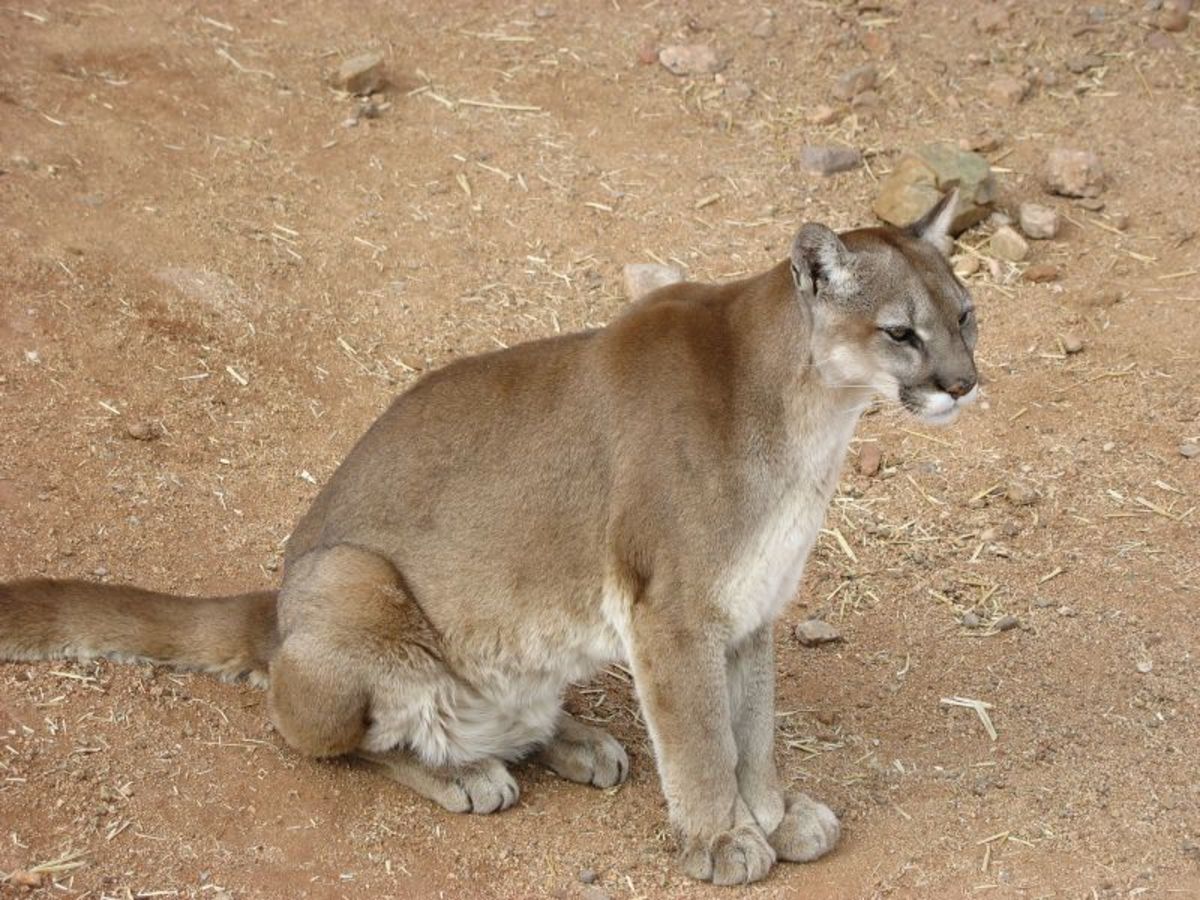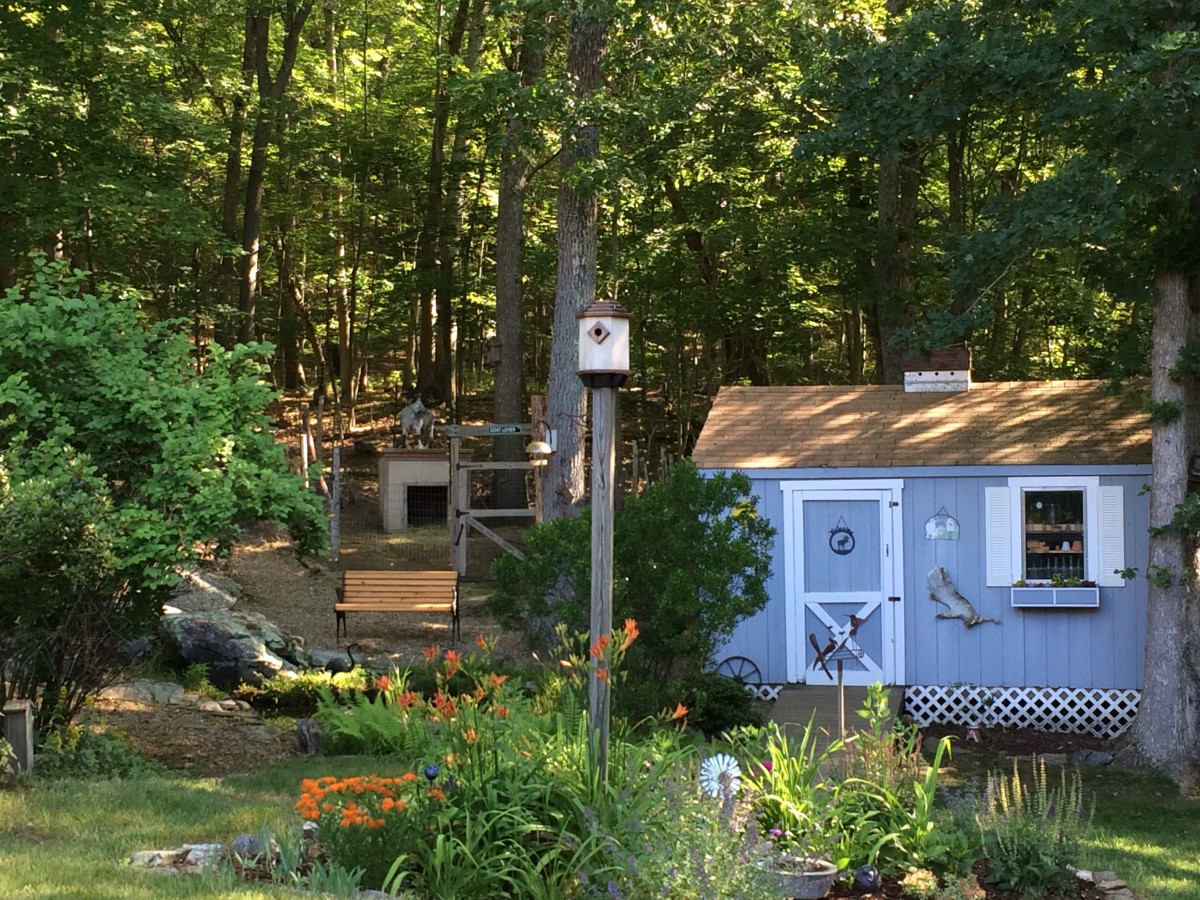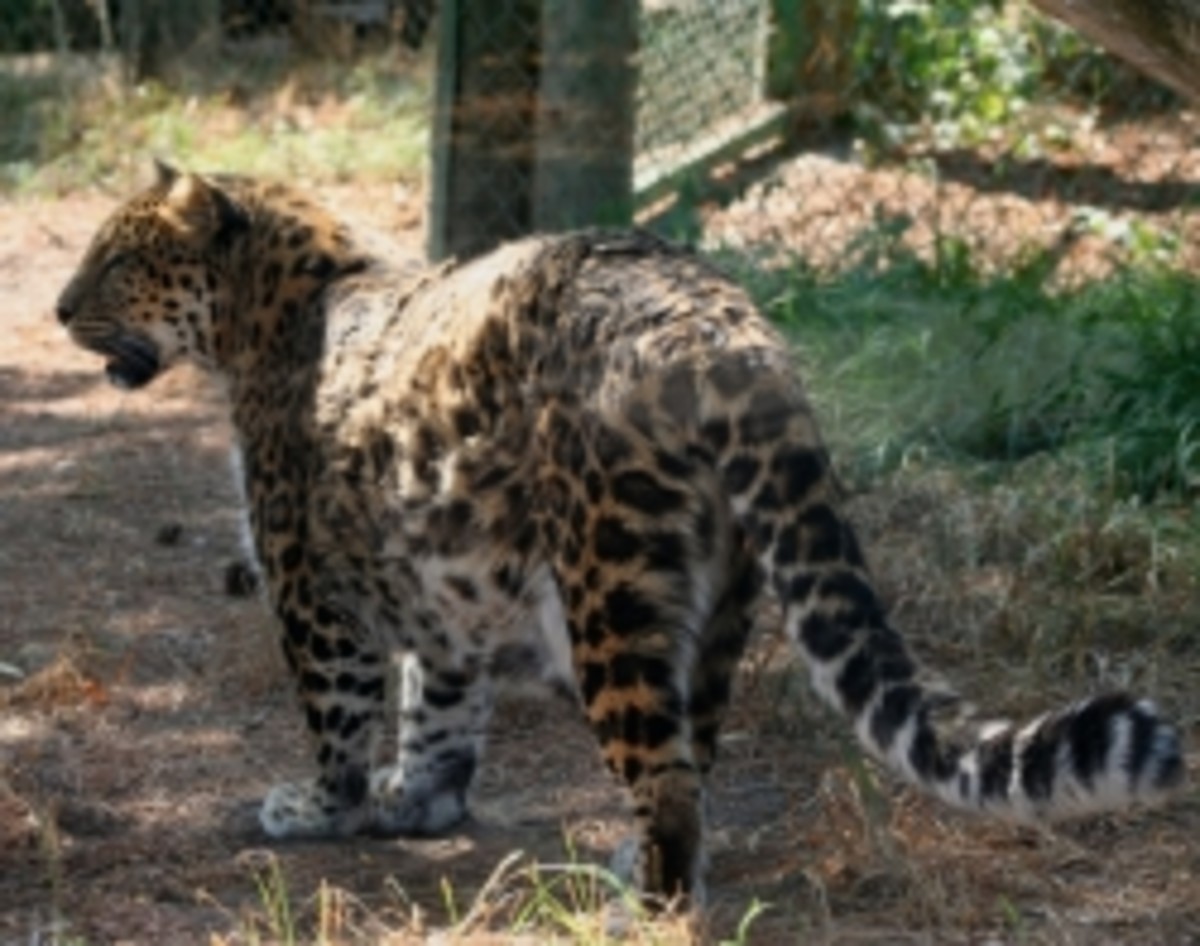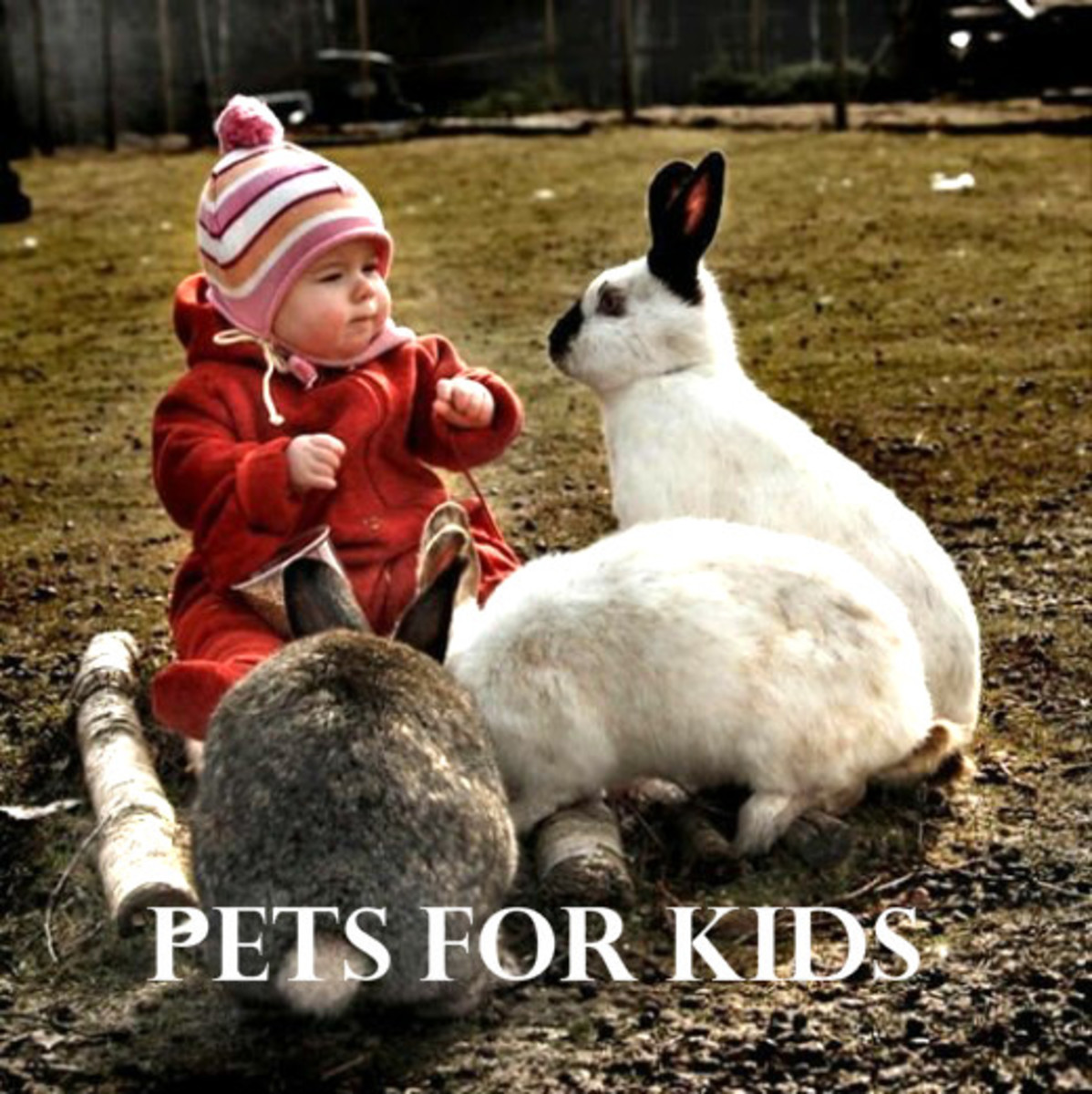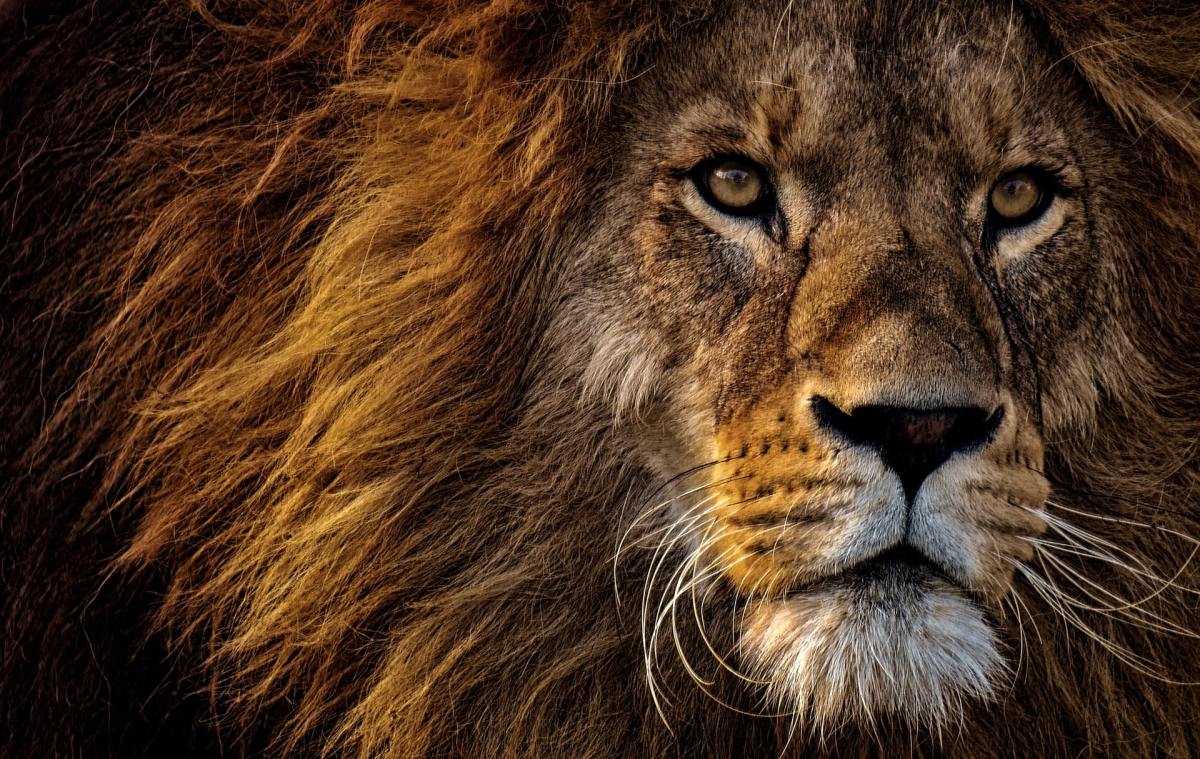American Black Bears In All Their Glory
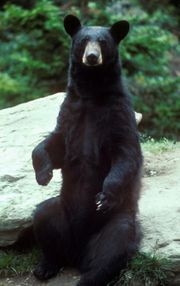
Get all the facts about American Black Bears here
Here you'll get facts, photos, videos of the American Black Bear in all their glory. There are also informational links for organizations who study them, photograph them or fight to save them.
As you can see by the cub in this photo, Black bears come in brown, cinnamon, and they even have a subspecies, known as the Kermode bear aka Spirit bear that is found in British Columbia, Canada, where 1 out of every 10 are cream/white in color.
So, scroll down the page and look at all the great stuff on Black Bears. And come back often as I'll be adding more "stuff". They don't call me Bearmeister for nothing!My Blog has been HACKED and is down temporarily so some photos are not loading on this site.
Scientific Classification
Kingdom: Animalia
Phylum: Chordata
Class: Mammalia
Order: Carnivora
Family: Ursidae
Genus: Ursus
Species: U. americanus
Binomial name
Ursus americanus
Pallas, 1780
From WikipediaConservation Status - U.S.
"Listed as a threatened subspecies in Louisiana, eastern Texas and southern Mississippi under the federal Endangered Species Act. In 4 others they are state-listed as rare, threatened or endangered (Lousiana, Florida and within the historic range of black bears in southern Mississippi and eastern Texas). The Florida black bear subspecies is listed as threatened by the state of Florida."
Defenders of Wildlife
Conservation Status
Least Concern (IUCN 3.1)
From Wikipedia
The American black bear which is found only in North America is fairly small. In fact it is the smallest of the 3 bear species found in North America standing only 2 to 3 feet at the shoulders and 4 to 7 feet long (nose to tip of the tail). They usually weigh between 150 and 300 pounds, however, some males have been found at 500 to 600 lbs. Females are smaller.
Their fur is usually uniform in color but they sport a brown muzzle and sometimes have light markings on their chests.
In the East, the bears are usually black in color while in the west, the bear populations often have brown, cinnamon, and blond coloration in addition to black.
The black bears that have cream/white fur are known as Kermode or Spirit bear or Ghost Bears, a subspecies. These bears are found only in coastal British Columbia, Canada.
They usually life between 20 and 25 years in the wild.
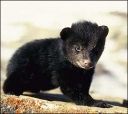
What is a Black Bear's Range?
The American black bear is found throughout America including Canada, the United States and Mexico.
In Canada, they inhabit the forested areas where they have historically lived. The only exception is where the land is heavily farmed.
In the United States their habitats have dwindled because of human populations have moved into their habitat. They are now restricted to the less populated forested areas.
Black bears used to inhabit the northern mountains of Mexico. There are now only a few scattered populations of bear.
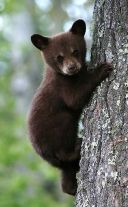
How do Black Bears Breed?
The size of a female black bear is the determining factor on when she will have her first litter. Some can become pregnant as young as 2-1/2 and others as old as 10 years.
The bears mate in late May or June. The egg does not immediately implant in the uterus, instead floating around until November at which time, they implant that is IF the bear has gained enough weight to sustain the pregnancy.
In January, 2 to 5 cubs are born. And, yes, the mother is still in their den hibernating but she actively takes care of here cubs. She cleans them by licking them and aligns them with her teats. They remain in the den for until April, growing all the while.
Black bears are omnivorous. They eat salmon and will occasionally kill moose calves and young deer. They also eat plants, fruits, nuts and insects. Like all bears, they love honey.
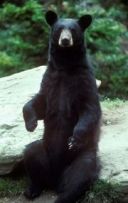
Black Bears and Hibernation
Black bears will pick out a shallow depression in the earth, under logs or in hollowed-out trees or dig a den to hibernate during the winter.
In the past, the type of hibernation black bears do was not considered a true hibernation because their body temperature does not drop appreciably.
Black bears and brown bears are now both considered hibernators because mammalian hibernation now takes other factor into consideration such as they go up to 7-1/2 months without eating, drinking, urinating, or defecating.
Upon waking, they forage for new shoots and any animals they find that were killed due to the cold. This helps them build their strength quickly.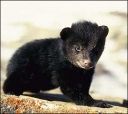
Black Bear vs. Brown Bears (Grizzlies)
Black bears are smaller in stature than brown bears. Although some may have similiar coloring to Brown Bears, Black Bears are a smaller bear.
Also, black bears have no shoulder hump and their ears are both larger and stand straighter than ears on brown bears.
Confrontations between Brown bears and black bears are rare because Brown bears prefer open spaces, whereas brown bears prefer forested or shrubby areas. Brown bears are also nocturnal and Black bears are diurnal so they don't run into each other often.
When there is a confrontation, Brown bears have an advantage of size over the black bear.
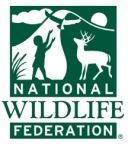
National Wildlife Federation
Protecting Bears and The Environment
When I discovered the problems facing bears, I looked for an organization that I could work with to help save them. I found the National Wildlife Federation (NWF). Their mission is to protect wildlife for our children's future, connect people with nature and to confront global warming.
I am proud to be a member of NWF and to support them in their efforts to save Bears and other animals from extinction.
The NWF is also helping to lead a nationwide grassroots effort to protect the Arctic Refuge. For more information on this click NWF-Arctic Refuge. Or, for membership information, click NWF Membership.
Black bear with 5 cubs!
It is virtually unheard of for a black bear to have 5 cubs at one time. Tom Sears, a professional photographer, found one and took pictures of her family over a period of time.
Sub-Species -- Kermode Bear aka Spirit Bear aka Ghost Bear
Below is a photo of a Kermode Bear. This bear is a cream/white and usually found in British Columbia, Canada.
Because this sub-species is so unique and endangered, I have created a separate lens that explores them with more information, photos, videos and organizations helping to save them.
To go there, click Spirit Bear
Kermode Bear aka Spirit Bear aka Ghost Bear
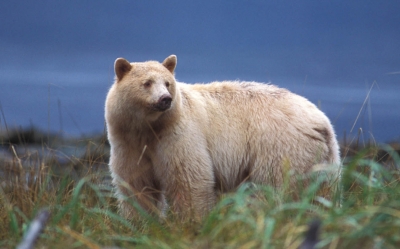
Black Bears Can Climb
Black Bear Doing High Wire Trick
Are you worried about squirrels getting to your bird feeder? Well, now you know you have to worry about bear too. Check out this cute photo...
For more photos of this bear's high-wire act, click Black Bear High Wire Act-Photos
Interesting Books On Black Bears

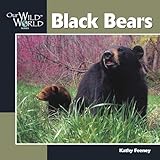



Black Bear and Cubs Tagged - Educational and Funny Video
New YouTube vids
Black Bears in the News
- Man Saves Black Bear From Drowning, with video
The Florida wildlife commission official jumped into the Gulf of Mexico to help the animal, who'd wandered into a neighborhood, then been hit by a tranquilzer dart and bolted into the water. - Water-rescued bear spotted again, taken to zoo
Water-rescued bear spotted again, taken to wildlife refuge... - Alaska's leaders look to wipe out more species of wildlife - Digital Journal: Your News Network
Under recent scrutiny for their wolf hunting and seal bashing practices, Alaska is now on the chopping block of condemnation for its eradication of the black bear. - North Carolina Zoo Guests Can Explore Life as a Bear and Later Catch the Buzz on Bees Zoo and Aquari
The North Carolina Zoo will hold the first of four June weekend celebrations of bearsâand bees--Saturday, June 6, in the park, when guests can explore life as a bear and later catch the buzz on bees. - California Black Bears Need Your Help
The California Department of Fish and Game (DFG) has proposed a dramatic increase in the number of California black bears that may be killed by trophy hunters. The Department also proposes allowing the use of high-tech equipment on bear-hunting hound
Glacier Bear
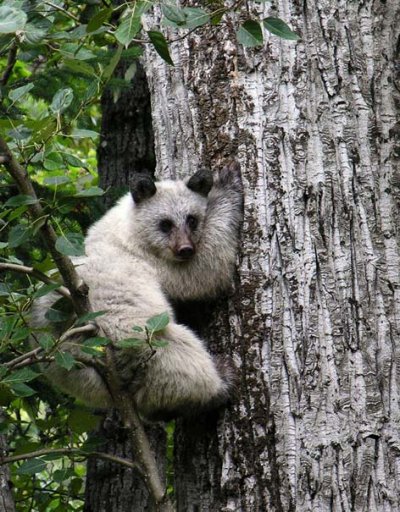
Member of Save Our Bears (SOB)
Save Our Bears is a list of lenses devoted to help change the plight all of the 8 bear species through awareness and fund raising.
The lenses show the wonderful nature of bears and many will, at the same time, shine a spotlight on the dangers bears face including: trophy hunters, gall bladder and bile farming, pollution, bear baiting, global warming, and habitat destruction.
You'll also find fun lenses on great polar bear movies, books, teddy bears, even cartoon and toy bears.
Click Save Our Bears (SOB) to see lenses about bears.Black Bear Cub up a tree
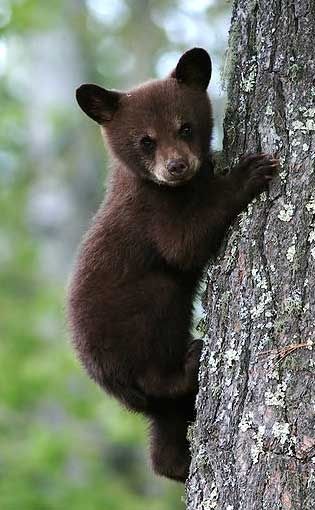
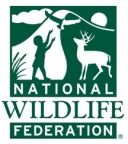
How you can support National Wildlife Federation's
Alaska Natural Resource Center
NWF and their Alaska Natural Resource Center are leading a nationwide grassroots effort to protect the Arctic National Wildlife Refuge (ANWR).
Their campaigns address the issue of climate change and its effect on polar bears from many angles, including clean energy, sustainable tourism, youth conservation leadership, reversing nature deficit, and protecting wildlife from global warming through adaptive management of habitat.
For more information on NWF click NWF-Arctic Refuge. Or, for membership information, click NWF Membership.
For the Alaska Natural Resource Center's office, click Alaska Resource Center.
To make a lens now, click
Do I look wild and dangerous?
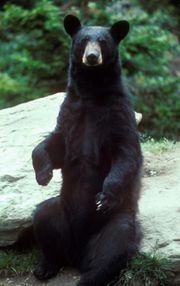
Want to link to this page? Here's how.
WANT TO LINK TO THIS PAGE?
Here's the HTML code to copy and paste:
American Black Bears in all their Glory
Copyright
This work is covered by copyright and can not be reprinted
in any matter (physical or digital) without prior written consent.
Copyright 2008-2012 Frankie Kangas All rights reserved.
Please use this guestbook to let me know if something is missing or could be done better. I can't bear to disappoint you!
Bear hugs, Frankie


